Sustainable Gateways
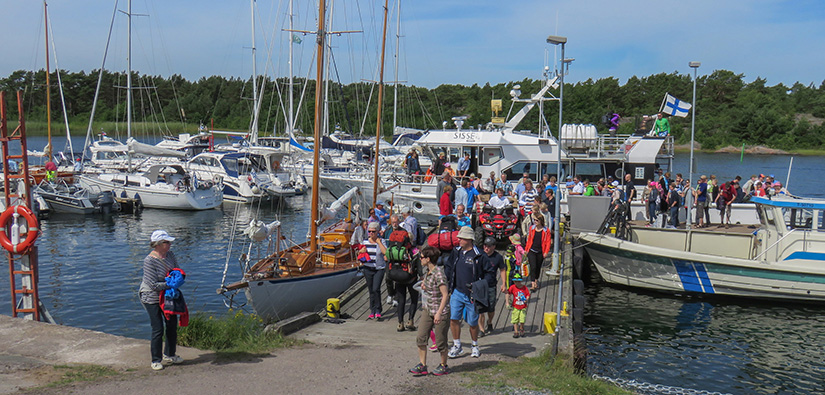
The objective of the Sustainable Gateways project (Small ports – sustainable gateways to coastal national parks) was to develop seven existing small boat harbours in coastal national parks in Finland and in nature reserves in Sweden. The project focused on improving the infrastructure of the harbours as well as developing their services in collaboration with the entrepreneurs operating there. The improvements included increasing the number of moorings and berths, and constructing and renovating facilities for visitors.
The aim was to focus all services in the harbours and encourage visitors to use these services in order to improve ecological sustainability in the protected areas. The project was in operation from 2018 to 2020.
Funding and project partners
The total project budget was 1,730,000 euros. The European Union Interreg Central Baltic Programme contributed 1,297,000 euros and the partner organisations donated 432,000 euros. The budget of Metsähallitus, Parks & Wildlife Finland, was 976,000 euros, 732,000 euros of which came from the Interreg Central Baltic Programme. The Regional Council of Southwest Finland provided 188,000 euros of the Finnish partners’ own contribution.
The project’s lead partner was Metsähallitus, Parks & Wildlife Finland. The other project partners were the Stockholm Archipelago Foundation in Sweden (Skärgårdsstiftelsen), and the University of Turku in Finland.
Project area and results
The project included the small boat harbours of four islands in Finland and three in Sweden. The Finnish islands are located in the Bothnian Sea, Archipelago, and Ekenäs Archipelago National Parks. The project area in Sweden was the Stockholm Archipelago.
Finnish islands
Katanpää Fortress Island
Katanpää, a former fortress island, is the southernmost destination in the Bothnian Sea National Park. As part of the project, a new service building with shower and toilet facilities for visitors was constructed in the harbour area. The site now also provides a place for washing dishes, and a defibrillator was mounted on the building’s wall. The harbour was expanded by installing a 48-metre jetty that created 30 additional moorings. The jetty is equipped with electricity, lighting, and safety gear. In addition, the fastenings of the older jetties were checked and repaired as needed. The information boards around the island were updated too.
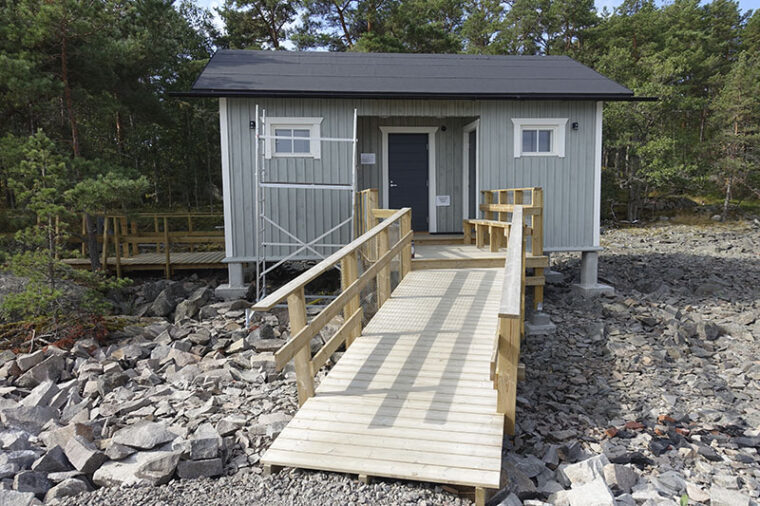
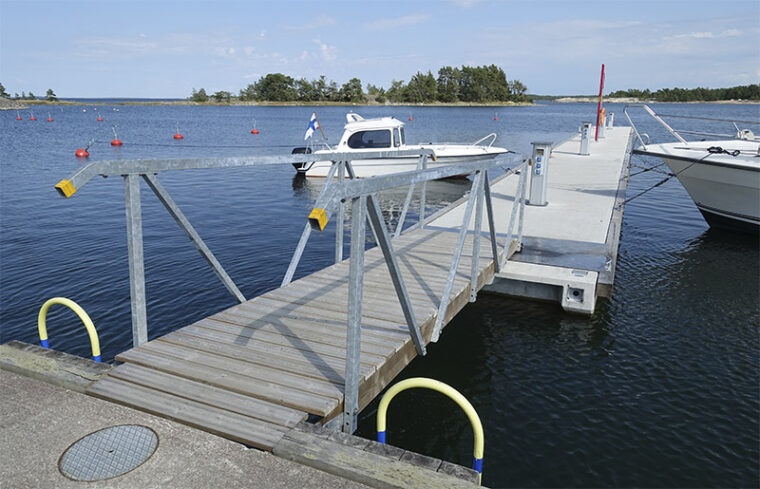
- Final report on investment activities on Katanpää (pdf, 2,636 KB)
- The islands of the Bothnian Sea National Park (luontoon.fi)
- katanpaa.fi
Bodö
Bodö is an atmospheric destination in the middle of the Archipelago National Park. As part of the project, a new service building was constructed in the harbour for visitors, housing the harbour reception, a shop, and a sauna. The harbour was fitted with a 48-metre jetty, increasing the number of moorings by 30. The jetty is equipped with electricity, lighting, and safety gear. Seven new buoys were installed in the harbour, and the fastenings of fifteen existing buoys were checked and repaired as needed. A new dry toilet unit was built in the vicinity of the service building. A defibrillator was installed in the harbour area. The harbour also has new information boards.
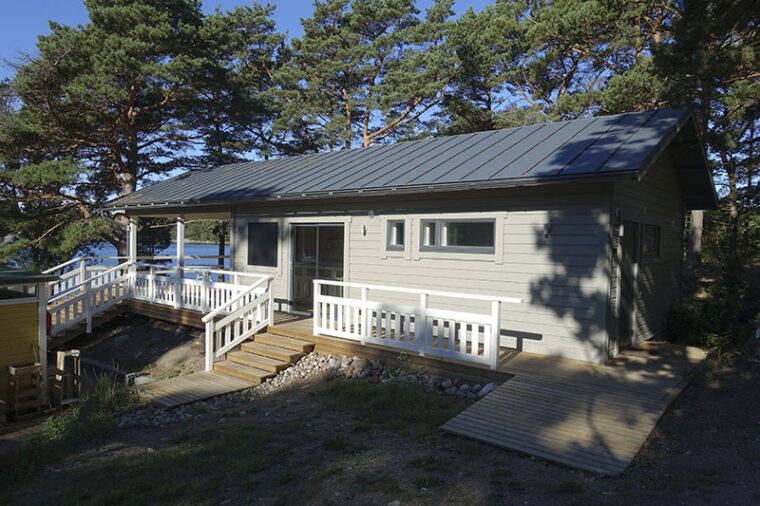
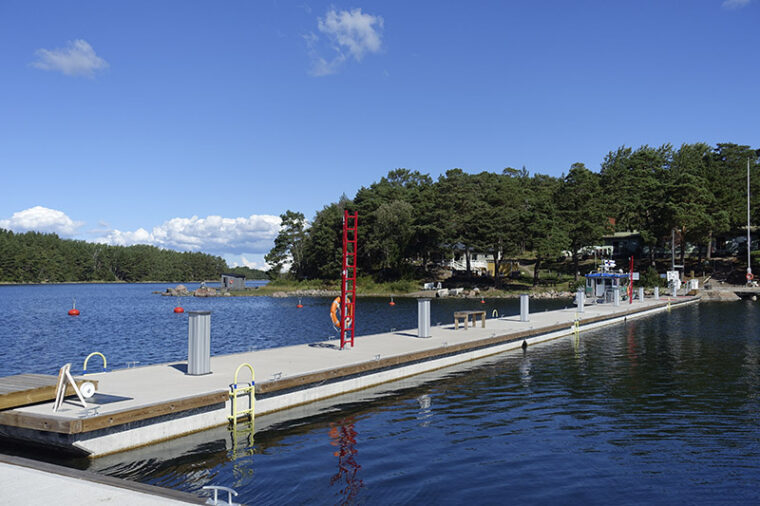
- Final report on investment activities on Bodö (pdf, 4,085 KB)
- Islands in the Archipelago National Park (luontoon.fi)
- bodo.fi
Örö Fortress Island
Örö island was a closed military area for a hundred years. Now that the island is part of the Archipelago National Park, its interesting history and diverse natural environment are open to all. The harbour has a new service building where visitors will find the harbour reception, information corner, and a shop. A new jetty makes it possible for larger boats to moor there too. Ten new buoys were installed to increase the number of mooring spots for smaller boats. One of the older jetties has been equipped with electricity. The information boards around the island were replaced with new versions.
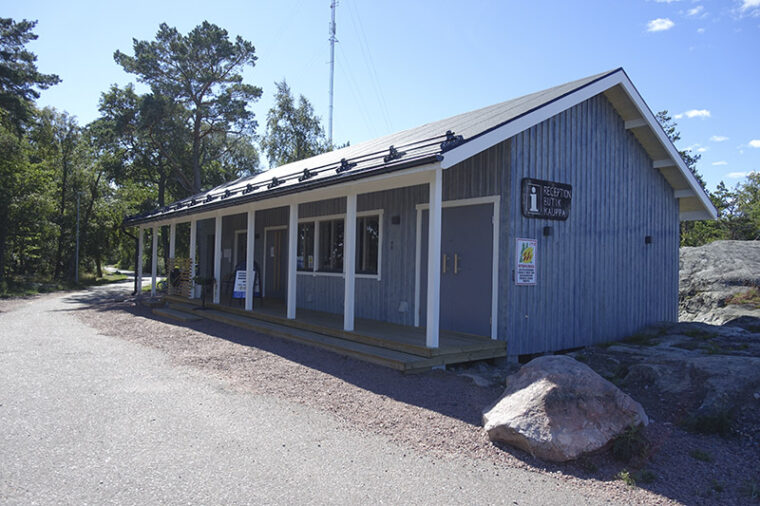
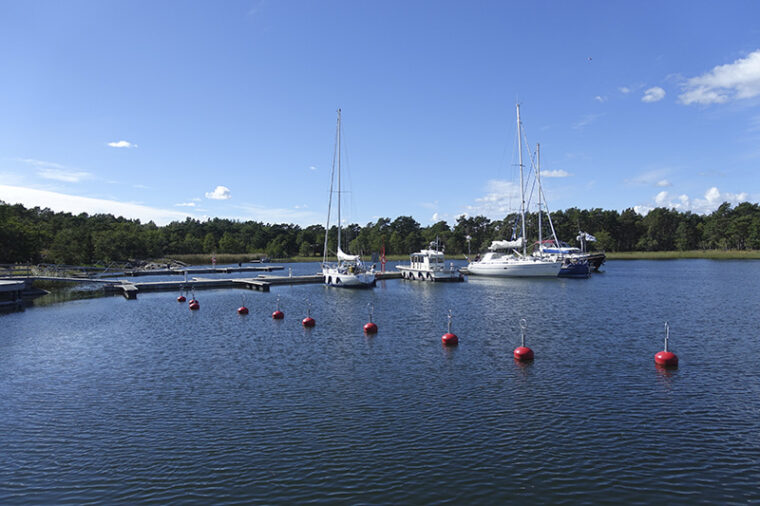
- Final report on investment activities on Örö (pdf, 3,831 KB)
- Örö Fortress Island (luontoon.fi)
- visitoro.fi/en
Jussarö
Situated in the Ekenäs Archipelago National Park, Jussarö is a mixture of wild archipelago nature and the remnants of livelihoods once practised on the island by its former human settlers. As part of the project, the harbour was equipped with a new jetty and a breakwater. The jetty added 25 new berths to the harbour, enabling larger boats to berth there too. A freshwater supply was ensured by acquiring a new reverse osmosis machine and servicing the old one. The harbour was also equipped with a defibrillator, a new swimming dock for sauna goers, and a new dry toilet. The information boards in the harbour area were replaced as well.
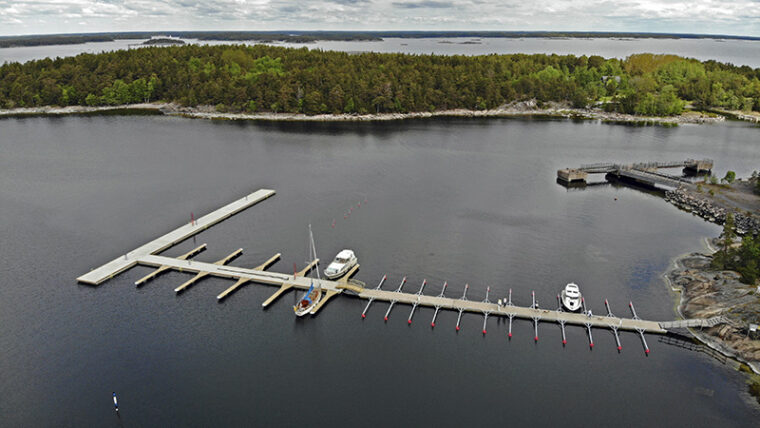
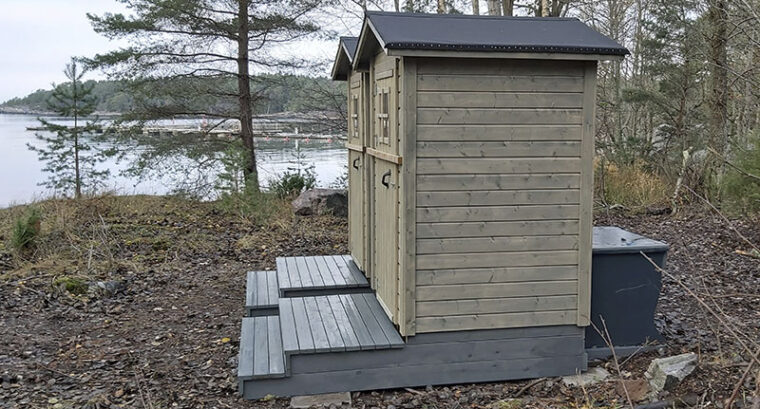
- Final report on investment activities on Jussarö (pdf, 3,114 KB)
- The islands of Ekenäs Archipelago National Park (luontoon.fi)
Swedish islands
Information on the project’s implementation in Sweden is available on our Swedish partner’s website:
Grinda
The Grinda guest harbour has room for 100 boats and 15 of these spaces can be booked in advance. Mooring is done using a buoy anchor or a mooring line. Visitors have access to electricity, shower and toilet facilities, as well as garbage and septic tank discharge stations. Part of the project’s remit included increasing the capacity of the harbour’s sewage works. This measure is invisible to visitors, but it makes it possible for the harbour to continue serving its guests in an environmentally sustainable way.
Utö
The Utö guest harbour in the southern part of the Stockholm archipelago can accommodate 250 boats. The harbour facilities include garbage and septic tank discharge stations, electricity, and a service building with shower, sauna and toilet facilities, as well as a laundry room. The existing service building from 1976 was renovated and modernised.
Nåttarö
Further south in the Stockholm archipelago, the Nåttarö guest harbour has a restaurant and a service building. Nearby, you can also find a shop and a kiosk. As part of the project, a new service building was constructed, providing visitors with shower, sauna and toilet facilities, and a harbour reception. The harbour had two new jetties installed, providing room for 50 boats.
Developing business and services in the harbours
The project engaged in developing business and services in the harbours in collaboration with the entrepreneurs operating there. These developments were led by the Brahea Centre at the University of Turku, and based on the results, it produced a publication on the issues related to the ecological, social, and financial sustainability of small boat harbours. The publication focuses, in particular, on the challenges related to the financial sustainability of businesses in small boat harbours. The publication provides tips for developing the financial sustainability of harbour operations to both the entrepreneurs and those managing the harbours.
Contact information
Project Manager Sanna-Kaisa Juvonen, Metsähallitus, Parks & Wildlife Finland
Project Manager Pia Berg, Stockholm Archipelago Foundation
Project Manager Veijo Pönni, University of Turku


Last updated 28 April 2025


